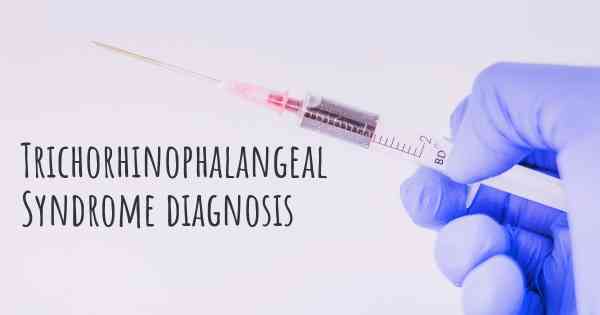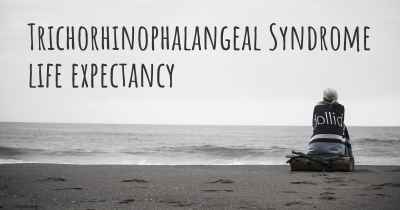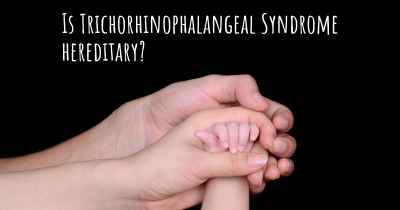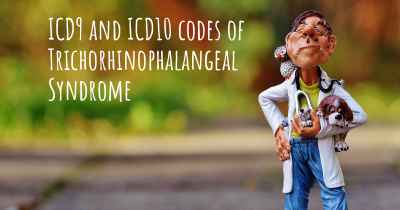How is Trichorhinophalangeal Syndrome diagnosed?
See how Trichorhinophalangeal Syndrome is diagnosed. Which specialists are essential to meet, what tests are needed and other useful information for the diagnosis of Trichorhinophalangeal Syndrome

Trichorhinophalangeal Syndrome (TRPS) is a rare genetic disorder characterized by distinctive facial features, skeletal abnormalities, and hair abnormalities. Diagnosing TRPS involves a combination of clinical evaluation, physical examination, and genetic testing.
Clinical evaluation: The first step in diagnosing TRPS is a thorough clinical evaluation. A healthcare professional, typically a geneticist or a pediatrician, will review the patient's medical history and family history. They will look for characteristic signs and symptoms of TRPS, such as short stature, cone-shaped epiphyses (abnormal bone growth), sparse hair, and distinctive facial features including a bulbous nose and a long philtrum (the vertical groove between the nose and upper lip).
Physical examination: A physical examination is conducted to assess the patient's overall physical development and to identify any skeletal abnormalities. The healthcare professional will measure the patient's height, examine their joints for any limitations in movement, and assess their facial features. They may also look for other associated features like hearing loss or intellectual disability.
Genetic testing: The definitive diagnosis of TRPS is made through genetic testing. This involves analyzing the patient's DNA to identify any mutations or abnormalities in the TRPS1 gene, which is responsible for causing TRPS. Genetic testing can be done using various techniques, such as sequencing the entire gene or targeted analysis for known mutations.
Additional tests: In some cases, additional tests may be performed to further evaluate the extent of skeletal abnormalities or to identify any associated complications. These tests may include X-rays, bone scans, hearing tests, or developmental assessments.
It is important to note that TRPS is a rare disorder, and its diagnosis requires expertise in clinical genetics. Therefore, it is recommended to consult with a healthcare professional who specializes in genetic disorders for an accurate diagnosis.








